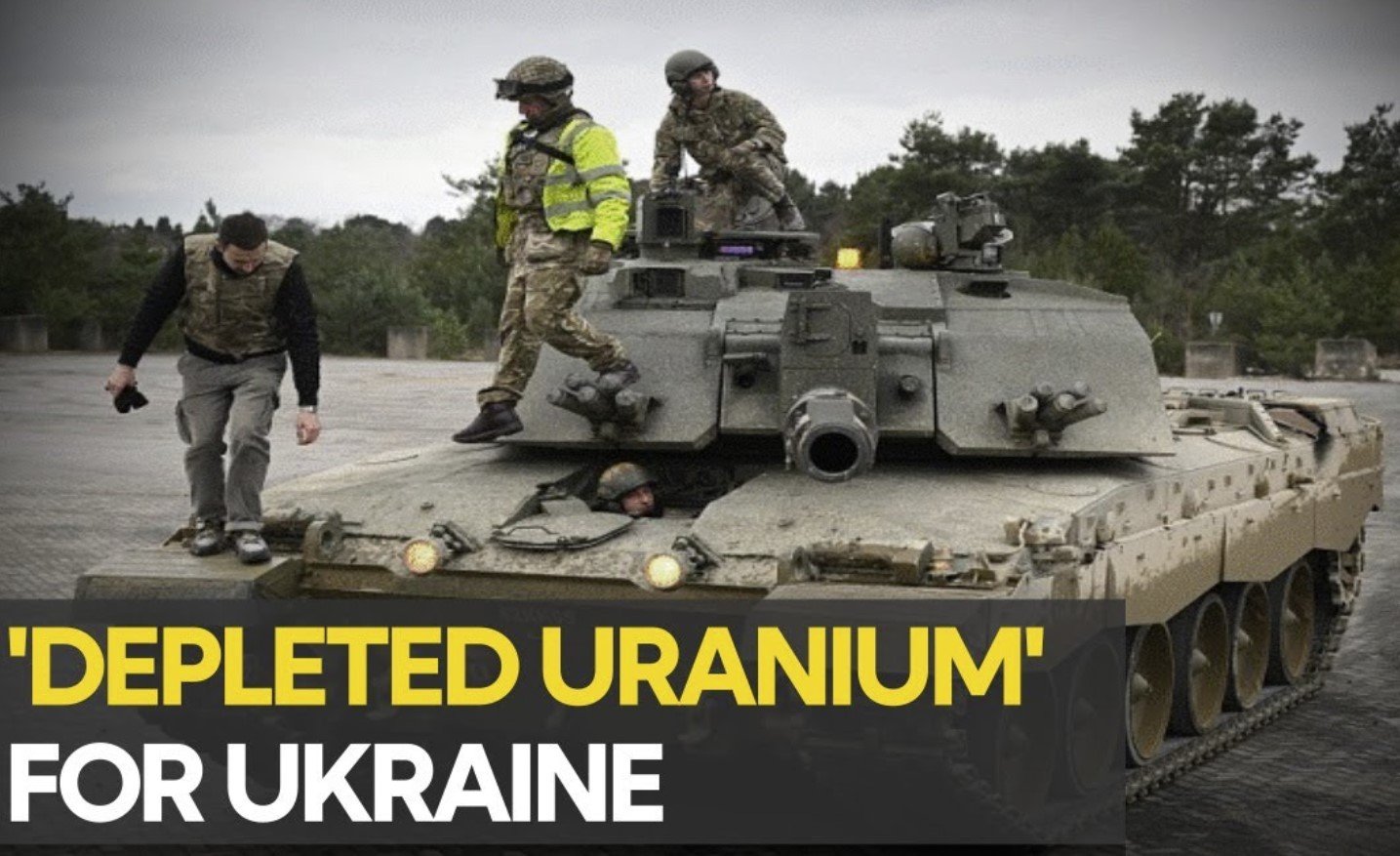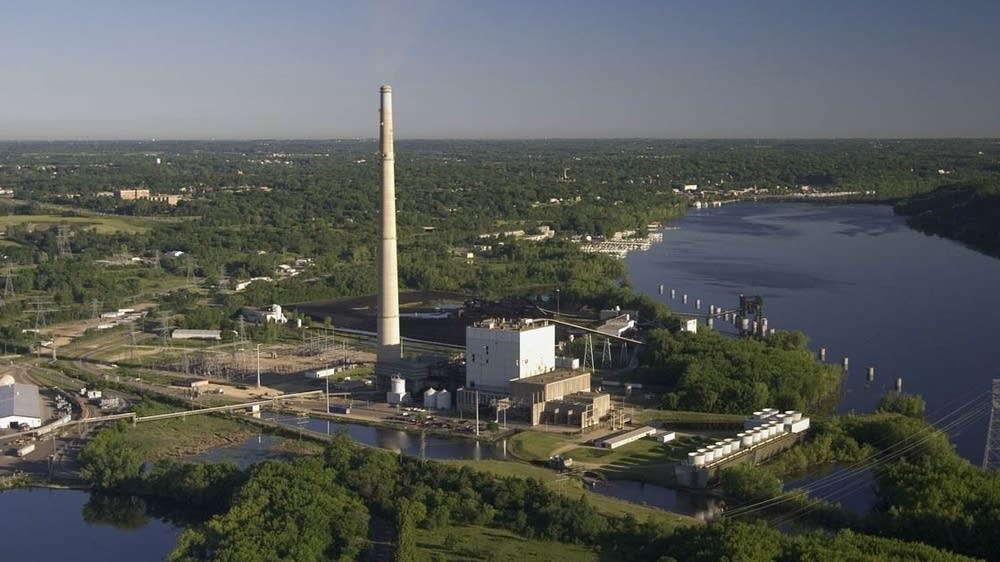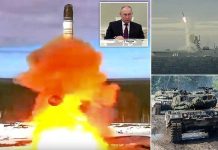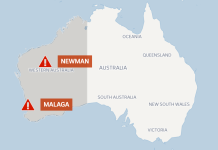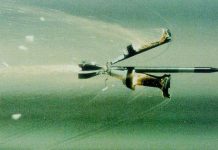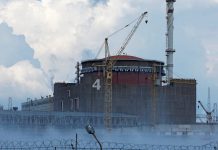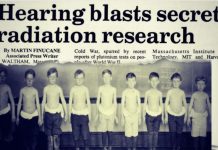Scientists from the Institute of Nuclear Physics of the Siberian Branch of the Russian Academy of Sciences in Novosibirsk found in the annual rings of pines traces of nuclear tests conducted in the early 1960s by the United States and Russia, thus indicating their global impact on the planet. Again, the ground nuclear tests in America had a significant impact on the ecology of Russia – and vice versa.
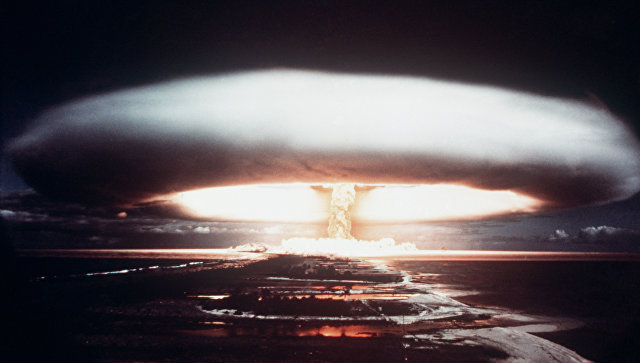
Nuclear tests leave traces not only in the atmosphere, but also in soil and even in tree rings, where carbon-14, an unstable isotope that arises from the decay of plutonium and uranium nuclei in atomic bombs and reactors, accumulates.
“The monitoring of the environmental consequences of nuclear tests using the radiocarbon method is widespread in the world, but the accelerator mass spectrometers closest to us are in Europe and America. We have obtained results close to those observed by colleagues, although samples taken from virtually the other end of the world. We showed that the ground nuclear tests in America had a significant impact on the ecology of Russia – and vice versa.”
Since September 1945, almost 2.5 thousand nuclear tests have been carried out on the Earth. Approximately two thirds of them were underground, and 520 were conducted in the atmosphere. The strength of many of these explosions, especially the very first, is still unknown, and physicists, diplomats and historians are still arguing about whether nuclear tests were conducted by Israel, South Africa or the DPRK.
Prior to the nuclear age, carbon-14 appeared in the atmosphere only in a natural way – as a result of the interaction of atoms with cosmic rays. This makes it possible to use it as a reliable indicator of the age of almost all archaeological and paleontological artifacts.
The creation of atomic technologies has actually frozen this natural counter. The concentration of carbon-14 in the atmosphere grew uncontrollably until August 1963, until the leading nuclear powers agreed to stop aerial testing. In addition, the burning of oil and other fossil fuels led to the release of light carbon-12, which had an unpredictable effect on the fraction of its isotopes in air and organic.
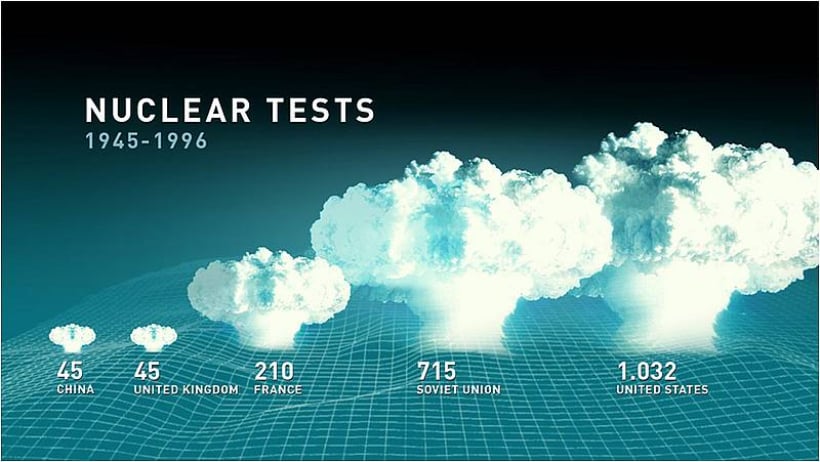
Scientific and military organizations in Russia and foreign countries are monitoring fluctuations in the level of carbon-14 and other radioisotopes in order to find traces of “illegal” nuclear tests that can be carried out by unrecognized nuclear states like India, North Korea, Israel, Pakistan, Iran, Saudi Arabia, Brazil and other potential violators of the non-proliferation regime.
Scientists from the Institute of Nuclear Physics of the SB RAS conducted the first radiocarbon studies of pine rings in Russia. The pine trees have been growing for more than one hundred years on the territory of the Novosibirsk Academgorodok. The Siberian pine rings show the same surplus of carbon-14 in the annual rings of the 1950s and 1960s as in trees from the opposite end of the world, meaning they harbor traces of both Soviet and American nuclear tests.



